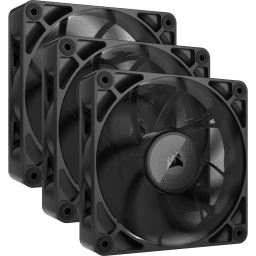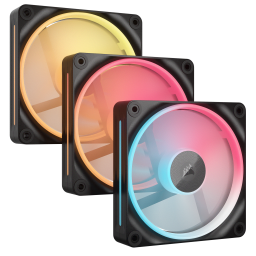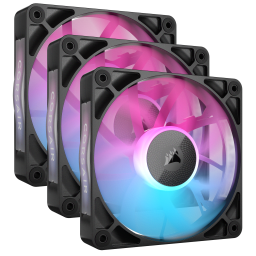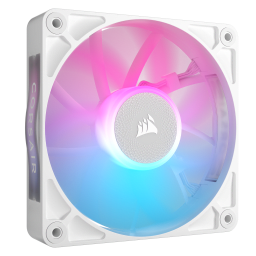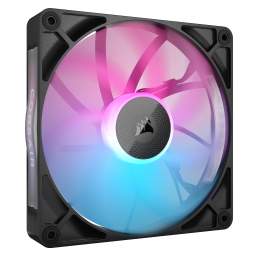Aside from the case, PC fans are one of the most visible components in a PC build, especially when they are equipped with a ridiculous amount of RGB LEDs. They provide a level of aesthetics that no other components can match. Also, PC fans are one of the pieces of hardware that is not static; they are constantly in motion, so they tend to catch your attention when you're checking out a build.
On many occasions, they serve as the unsung heroes of various builds. We often overlook them, focusing instead on components like CPUs and GPUs. Yet, many people respect that PC fans are essential for cooling the heat generated by these components, helping to extend their lifespan.

And over the years, like other PC components, PC fans have also come a long way. Before the RGB lighting hype exploded, PC fans weren’t getting much attention except for a few models. But nowadays, with all the new technology, such as iCUE LINK, baked into them to improve performance and RGB lighting effects to enhance the overall aesthetics of a PC setup, fans are one of the first pieces of hardware that people consider when planning for a new build or doing an upgrade.

Why do I need to clean my PC fans?
For those who are just starting to get into DIY PC building, one piece of advice is that proper maintenance is the key to ensuring all components in your PC have an extended lifespan. Once you have completed the build, you can’t just keep using it without some TLC; you need to establish a regular cleaning routine to avoid dust buildup in your system, especially in the fans.

Fans are the hardware that introduces cool air into your system, keeping all your heat-generating components, such as the CPU and GPU, at manageable temperatures. Dust accumulation on the fans and, in many setups these days, in the radiators can impede airflow, reducing cooling efficiency and causing higher temperatures inside your PC build.
How to clean PC fans: Step-by-Step Guide
Cleaning your PC fans is pretty straightforward for the most part. All you need is a can of compressed air, a microfiber cloth, and maybe a handful of cotton swabs to clean areas of the fan that cannot be easily reached.

Start by wiping the fan blades with a clean microfiber cloth to remove any dust buildup.

Once most of the dust on the fan has been removed, use cotton swabs with a small amount of isopropyl alcohol to clean areas of the fan that the microfiber cloth cannot thoroughly clean, such as the space between the fan blades and the inner part of the fan frame.


After removing all the dust from every fan in your system, you can use canned compressed air to blow out any loose dust particles from the fan and the surrounding area.

Maintaining clean fans ensures optimal cooling, minimizes wear on internal components, and prolongs the lifespan of your PC parts. A dust-free system also operates more quietly and performs at its best, making the minor effort to keep it clean well worth it.
PRODUCTS IN ARTICLE
